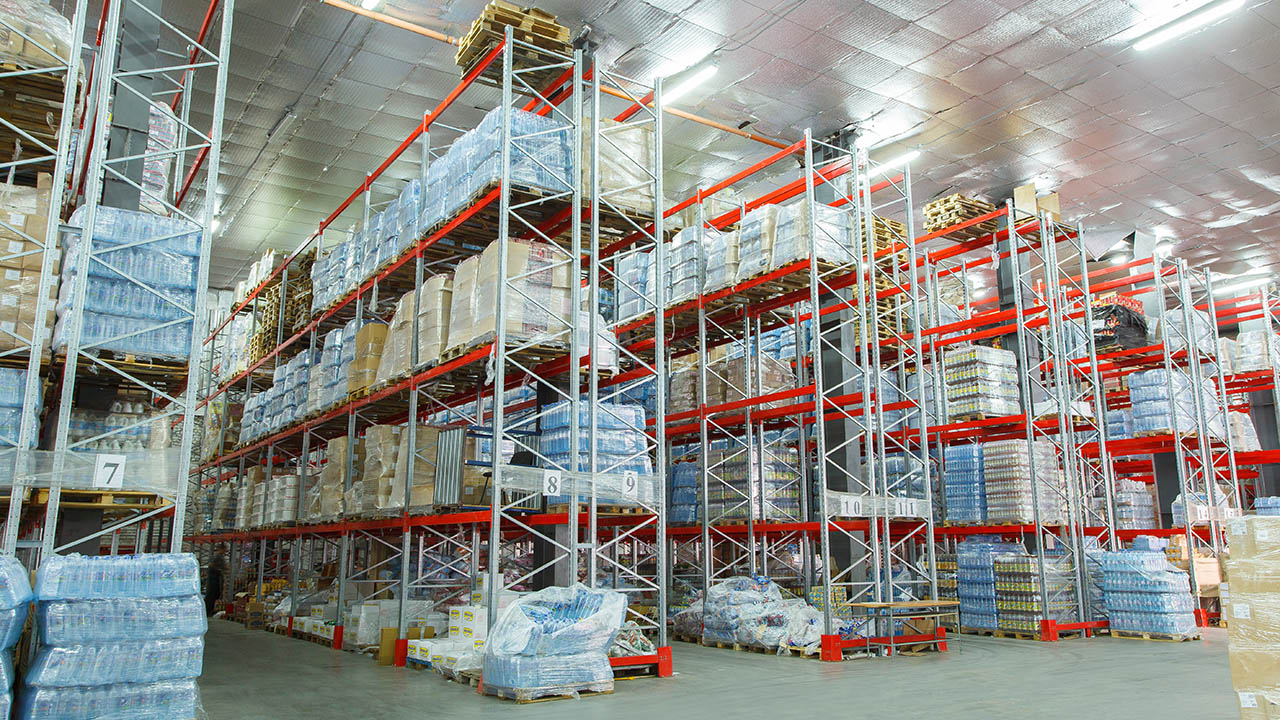Warehouse Strategies to Help You Battle Rising Costs
How do you keep up with demand, grow your business, and meet customer expectations in this challenging environment?
That’s a question that many of our warehousing clients have been coming to us and asking, and fortunately, there are some timely and extremely effective answers. We’d like to share some of those answers with you, so we’ll start with this initial article, which is the first in a three-part series on warehouse strategies to help you battle rising costs.
In this first article, we’ll review one of the smartest strategies you can use to expand your overall capacity and throughput without expanding your footprint or workforce. Let’s jump in and look at doing some end-to-end warehouse optimization with a holistic approach and a couple of sample improvements you can potentially make.
End-to-End Warehouse Optimization
Few warehouses manage to review their entire end-to-end operations and analyze each area’s workflows to identify bottlenecks, other issues, and all the opportunities to implement improvements. Of course, it can be tough to find the time to do this, but it is essential for determining your best options to get more done in less time, with less effort and labor, and within your existing footprint.
Start by taking a holistic approach where you examine each area of your warehouse as part of your complete, end-to-end operations. This includes looking at receiving and put-away, inventory management and replenishment, picking, packing, staging, and even cross-docking and loading.
- Where are your weak points?
- Where are your bottlenecks?
- How is each area impacting downstream and upstream operations?
- Is each area positively or negatively impacting the rest of your operations?
- Are there things holding these areas back compared to better-performing areas?
- Is any area not getting enough attention, optimization or resources?
- Is each area operating as part of a larger whole, or is it disconnected and siloed?
- Where can you make the best improvements, and where can you get quick wins?
These are all questions you need to ask while you take a step back, look at your entire operation from end to end, and then analyze, observe and evaluate each area. Once you have a complete picture and you know what you need to work on, making a few strategic moves and applying the right tools, technologies and systems can completely transform your problem areas for the better.
For example, warehouse slotting is a great way to collect and analyze data from your warehouse management system and optimize your picking, put-away and replenishment. It helps you look at your SKUs, their physical dimensions, and the frequency with which they’re picked or replenished, along with other key data points such as your storage layout and where certain SKUs are stored in pallets, and cartons or cases.
Once you have this data-driven view, you can better understand where things need to be leaner and more optimized, and you can make sure you’re maximizing space utilization and that you’ve arranged and slotted your SKUs, storage and pathways so you can pick, put away and replenish items faster and more efficiently, with less labor.
Similarly, you can look at strategies such as wave picking, to strategically schedule and release orders in waves according to shipping dates, carriers, warehouse zones, kitting requirements, items that are typically picked together, or other relevant factors. This helps many warehouses pick and fulfil orders faster and more cost-efficient with a strategic rather than an on-demand or random approach. It’s a great way to avoid downtime and inefficiency for your pickers and avoid the bottlenecks and chaos that can occur when you’re simply picking orders with a more scattered and less organized system.
Taking Your Next Step with Warehouse Optimization
If you’re looking for a good way to get started with end-to-end warehouse optimization, our partners at Zebra Technologies have a useful model you can use. It’s called the Warehouse Maturity Model, and it provides a staged structure and a set of guidelines to help you figure out where you are, where you want to be, what you need to prioritize, and the right sequence to achieve your goals.
Practical advice and tools like these help you take a more holistic approach to optimization, which will help you get ahead despite today’s challenges.
To learn more, connect with our team at Ahearn & Soper to request our Warehouse Maturity Model overview and schedule a free consultation to talk about your operations. We’d be happy to share more insights and help you review your current challenges and determine the next step you should take to start optimizing your operations and battling back against rising costs.
Nous contacter now through our website or call us at 800-263-4258.

